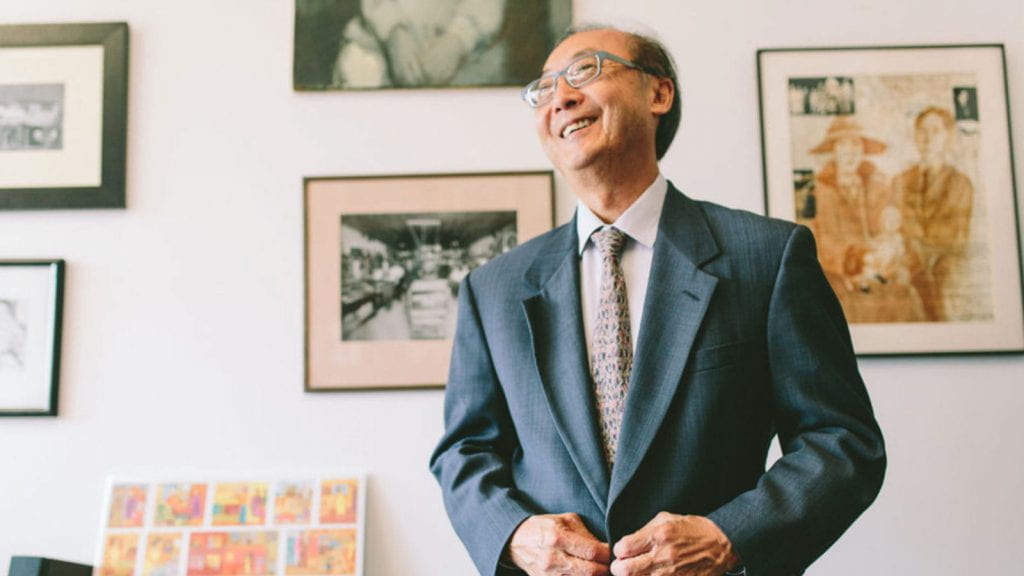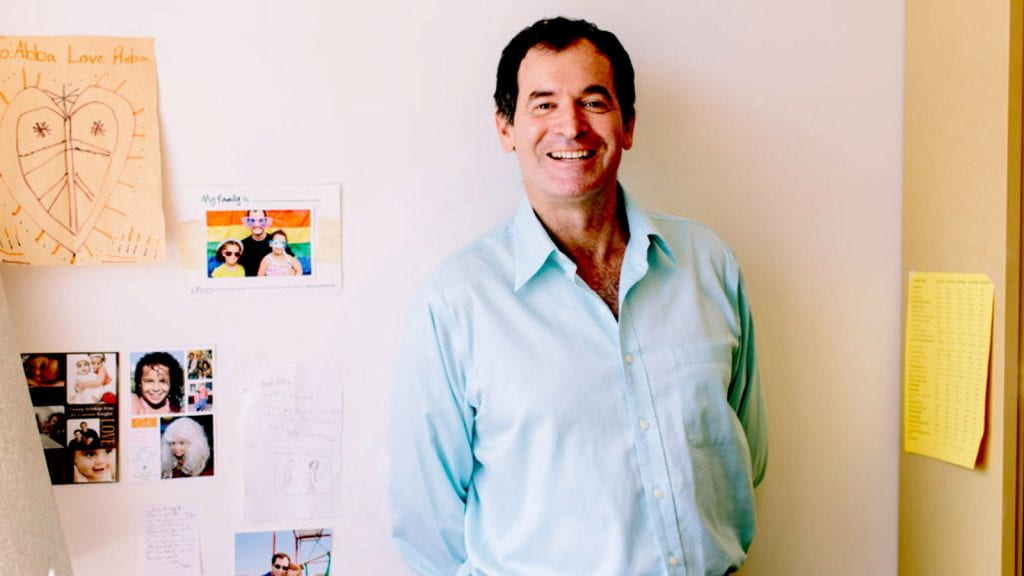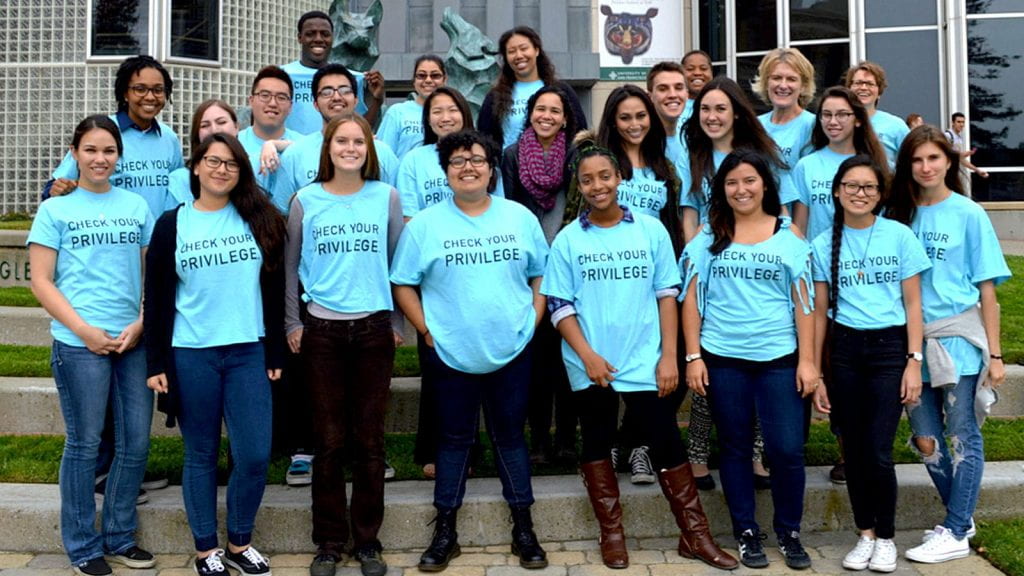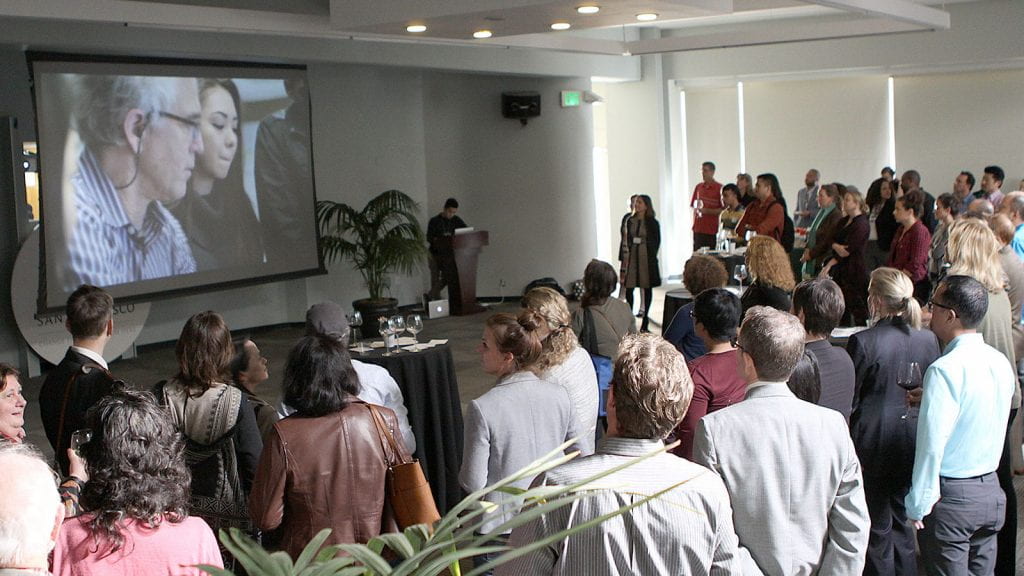University of San Francisco Provost and Vice President of Academic Affairs, Donald E. Heller, discusses how Trump’s higher ed proposals could leave poor students out of college.
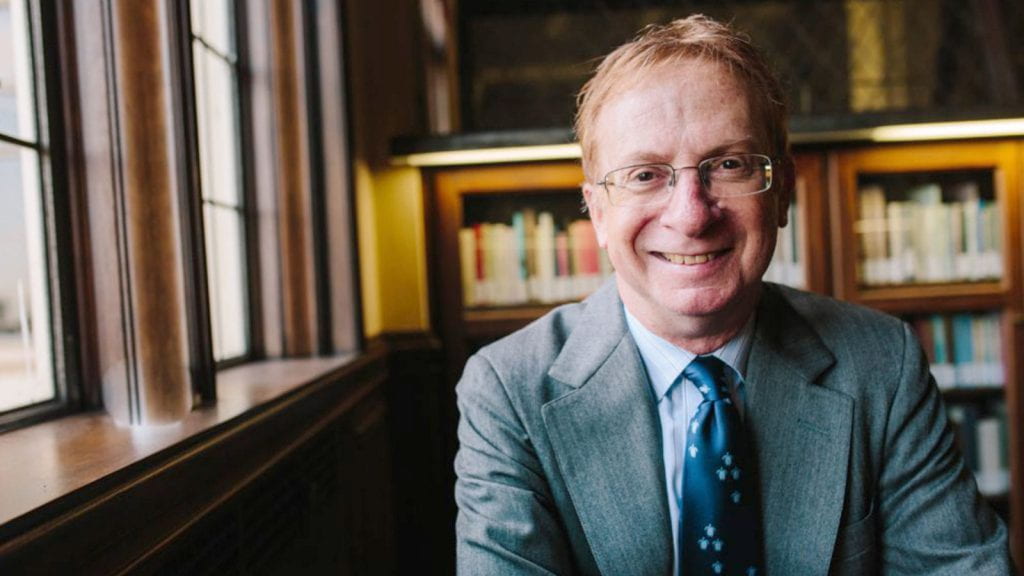
What is happening, or what should be happening, on college campuses has rarely, if ever, been a topic of the remarks of Donald J. Trump, the presumptive presidential nominee for the Republican Party.
The “Issues” section of his website has only this related to education: “I will end common core. It’s a disaster.” And this is accompanied by a 51-second video expanding on this theme.
However, recently, Trump’s campaign co-chair and policy director, Sam Clovis, gave an interview to an education website, Inside Higher Ed, that outlined what a Trump presidency could mean for the nation’s 6,000 colleges and universities, and its over 20 million post-secondary students. Clovis is a professor of economics at Morningside College, a small private institution in Iowa, who is currently on leave in order to work for the campaign.
The major theme that emerged from the information he provided was that as president, Trump would improve student success by reforming the federal student loan program in two ways: 1) change the student loan program so as to provide more incentives for colleges and universities to enroll students who will be successful and earn enough money upon graduation to pay back their loans; and 2) to return the federal loan program to its pre-Obama status by having the loans come from private lenders, rather than the federal government.
I am a provost and a researcher of education economics. And here’s what some unintended consequences of these proposals would look like.
Incentivizing colleges to enroll successful students
First, let’s look at the proposal to change the student loan program so that rather than the federal government being the sole guarantor of publicly provided and guaranteed loans, the higher education institutions themselves would share in the costs if a student defaulted.
This idea has been floated fairly widely recently, most notably by Senator Elizabeth Warren, a politician most people would expect to have little in common with Donald Trump.
The logic behind this idea is that if colleges were at least in part responsible for making good on a defaulted student loan, they will be better incentivized to enroll only those students (or at least those carrying federally guaranteed loans) who are likely to graduate from the institution and get a job that will provide a high enough salary to enable them to pay back the loans.
While this may seem good in concept, in practice it would be very difficult to implement. And here is why:
 Can colleges predict who will succeed?
Can colleges predict who will succeed?
Jirka Matousek, CC BY
The challenge is that it is extremely difficult for colleges to know, or even predict with much certainty, which students will achieve this level of success.
For the most part, we are talking about 17- and 18-year-olds, and it can be very difficult to know which of them will graduate and earn enough money to pay back their loans, even when universities have information about their academic background.
The most recent data from the U.S. Department of Education show that 69 percent of all undergraduates in 2013 were 24 or younger. And the great majority of students applying to college for the first time are coming directly out of high school.
An unintended consequence of such a requirement would be that institutions would be more likely to shy away from enrolling students from disadvantaged families, and those whose academic preparation was weaker. Over a third of all undergraduates receive Pell Grants, the federal assistance program for students from low- and moderate-income families.
Such a move would exacerbate the large gaps in college enrollment and degree attainment that already exist in this country. It would lead to even higher rates of income inequality across income and racial groups.
Every year, thousands of students graduate from college and go on to successful careers who, at first glance when they were graduating from high school, may have looked like risky investments.
Another impact of this proposal is that it could lead to a further deterioration of liberal arts education, as colleges may deemphasize majors that are seen as not having strong labor market prospects. Some politicians, including Governor Rick Scott of Florida and even President Obama, have questioned whether liberal arts degrees are worth the investment.
But data from the Association of American Colleges and Universities have demonstrated that over the long run liberal arts graduates earn as much as many with more technical degrees.
History of student loans
Now let’s turn to the issue of loans through private lenders. Since the passage of the Higher Education Act of 1965, which first authorized widespread student loan program, banks have played a key role in the system.

Who will be left behind if loans are given by private lenders.
Dollar image via www.shutterstock.com
Banks originally provided all the capital, and because the loans were guaranteed by the federal government, it became a lucrative business for them. But in 1993, during the first Clinton administration, a federally originated student loan program was created. This was done as an attempt to lower the cost of borrowing to students by removing some of the banks’ profits.
Between 1993 and 2010, bank-originated and federally originated student loans coexisted, with the federal share no more than one-third of the volume. During President Obama’s first term, however, he signed legislation that removed banks from the federal student loan program entirely, shifting all of the loan origination to the federal government.
The rationale behind this legislation, signed in 2010, was to take away the profits earned by banks, and instead reinvest them in the federal Pell Grant program, which provides direct assistance to college students from low- and middle-income families.
What about disadvantaged students?
Trump’s proposal is certainly consistent with his business-based, free-market approach to government. As Clovis said in his interview, “We think it should be marketplace and market driven.”
While the question of whether the banks or the government should provide student loans may be a political one, there are large fiscal implications of shifting back to a bank-based system.
At the time the 2010 legislation passed, the Congressional Budget Office had estimated that the federal government would save almost US$10 billion per year that had been going to banks in the form of loan subsidies and fees.
That money came to be invested in funding for the Pell Grant program rather than going to bank profits.
A return to a bank lending system for student loans could potentially reduce levels of Pell Grant funding, unless Congress (along with the next president) is willing to appropriate more money.
Any reduction in Pell Grant funding would have a similar effect as Trump’s proposal: it would reduce college access and graduation rates for poorer, African-
American, Latino and Native American students. And that would lead to increased gaps in educational attainment between these groups and students from more advantaged families.
A complex system
The truth is that higher education policy is not quite as simple as it may appear to an outsider.
The interaction of federal and state policies, along with the actions of the thousands of colleges and universities that are funded by governments as well as students, creates a complex system in which it is often difficult to encourage some behaviors without creating other problems.
The high cost of college along with the high volume of student debt have received much attention from both groups in recent years. There has been an absence of detailed proposals in this arena from Trump’s campaign up until now. His slogan of “Make America Great Again” implies returning to some bygone era.
But for higher education, a return to that era would mean that fewer students are able to go to college, and poorer and racial minority students have fewer educational opportunities.![]()
Donald E. Heller, Provost and Vice President of Academic Affairs, University of San Francisco. This article was originally published on The Conversation. Read the original article.
